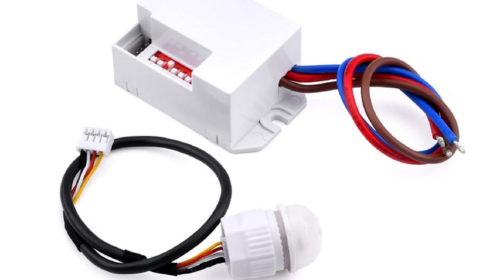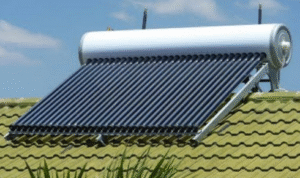
PIR motion sensor
In today’s fast-evolving world of smart technology and sustainable transportation, two innovative components are transforming how we interact with our environment and travel—PIR motion sensor systems and eBike motor solutions. Whether you’re improving home security or seeking efficient mobility, these two technologies offer convenience, energy efficiency, and futuristic functionality.
Understanding PIR Motion Sensors
PIR (Passive Infrared) motion sensors are widely used in home automation, security systems, and energy-saving lighting. These sensors detect motion by measuring infrared radiation emitted by objects, especially humans. Unlike active sensors, PIR motion sensors don’t emit any energy of their own, making them more energy-efficient and cost-effective.
One of the primary applications of PIR motion sensors is in lighting systems. For example, lights in corridors, bathrooms, or staircases can automatically turn on when motion is detected and switch off after a set period of inactivity. This not only adds convenience but also significantly reduces electricity consumption.
Additionally, PIR sensors are integral to modern security systems. They can trigger alarms, send alerts, or activate cameras upon detecting unusual movements. Combined with smart home systems, these sensors can be connected to apps that allow real-time monitoring from any location.
Their compact size and low maintenance make PIR sensors an excellent choice for residential and commercial use alike. Many models also feature adjustable detection ranges and sensitivity settings, offering customizable performance based on the area and usage.
Exploring eBike Motors
With the surge in eco-conscious commuting, electric bicycles (eBikes) have become a global trend. The ebike motor is the core component that transforms a regular bicycle into an electric-powered vehicle. These motors assist riders by providing additional torque, making uphill rides easier and long-distance commuting more manageable.
eBike motors come in various types—hub motors, mid-drive motors, and friction drive motors. Hub motors, placed in the center of the wheel, are the most common and provide a smooth, consistent ride. Mid-drive motors, located at the bike’s crank, offer better balance and power, ideal for off-road or mountain biking. Friction drive motors, while less common, are easy to install and suitable for lightweight eBikes.
Motor power varies depending on the purpose and design of the eBike. Most urban commuters use 250W to 500W motors, whereas off-road or cargo eBikes may require higher capacities. Modern eBike motors are equipped with sensors that respond to pedal input or throttle, enabling smooth acceleration and intelligent power management.
Battery efficiency is another critical factor. Lithium-ion batteries are the standard due to their high energy density and long life cycle. When paired with a quality motor, these batteries can offer ranges from 30 to over 100 kilometers per charge, depending on terrain and riding style.
Integration of Technology for a Smarter Lifestyle
What makes PIR sensors and eBike motors revolutionary is their potential integration into larger smart systems. For instance, a garage or bike shed can be equipped with PIR motion sensors to detect when someone approaches, automatically illuminating the area or unlocking smart locks. Simultaneously, your eBike’s motor system can be linked to smartphone apps for GPS tracking, power monitoring, and performance adjustments.
Both technologies also promote sustainability. PIR sensors help reduce unnecessary energy consumption, while eBikes offer a zero-emission alternative to traditional vehicles. This aligns with global efforts to reduce carbon footprints and combat climate change.
Final Thoughts
As we continue to embrace smart technology and environmentally-friendly living, PIR motion sensors and eBike motors stand out as essential innovations. Whether it’s creating a safer, automated home environment or revolutionizing daily commutes, these components enhance our quality of life and pave the way for a smarter, greener future.


